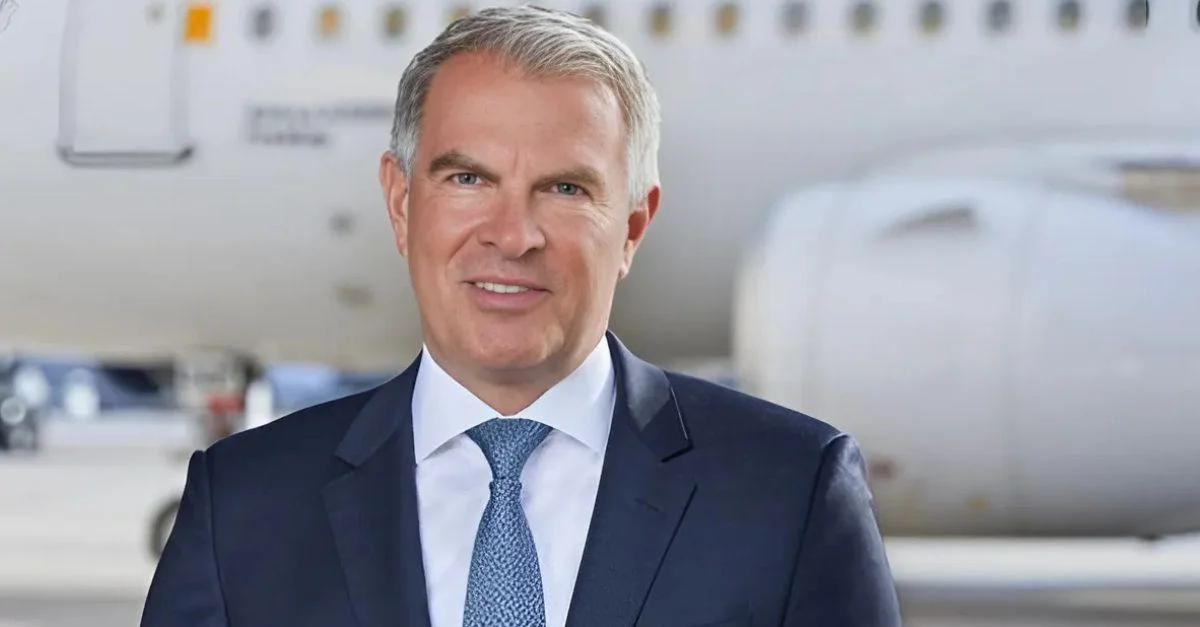The Boeing 777X is set to become a significant addition to the long-haul aviation market. Designed as an upgrade to the Boeing 777-300ER, the 777X targets very long-haul flights while aiming for lower fuel consumption and higher seating capacity. The new aircraft comes in two main variants: the Boeing 777-9, intended for high-capacity routes, and the Boeing 777-8, which is focused on ultra-long-range sectors.
One of the notable features of the 777X is its carbon-fiber composite wings with folding wingtips. This design increases range and cruise efficiency while allowing the aircraft to fit into existing Code-E gates at airports. The folding wingtips are expected to help airlines operate efficiently at slot-constrained airports without requiring costly infrastructure upgrades. According to Boeing, "This single design choice drastically changes airport math. Carriers chase long-haul route economics without triggering costly aircraft stands or requiring widened taxiways."
The cabin incorporates several elements from the earlier Boeing 787 model, such as larger windows and improved pressurization and humidity. The wider fuselage supports more flexible business class layouts. The Boeing 777-9 can seat between 380 and 420 passengers in a three-class configuration with a range of about 7,200–7,300 nautical miles. Meanwhile, the 777-8 offers around 350 seats over an approximately 8,700-nautical-mile range.
 Alerts Sign-up
Alerts Sign-up




































